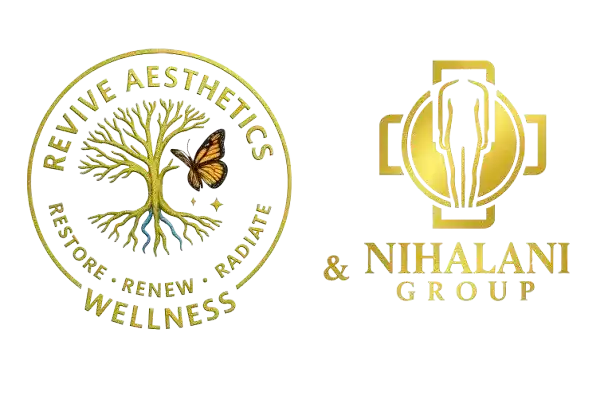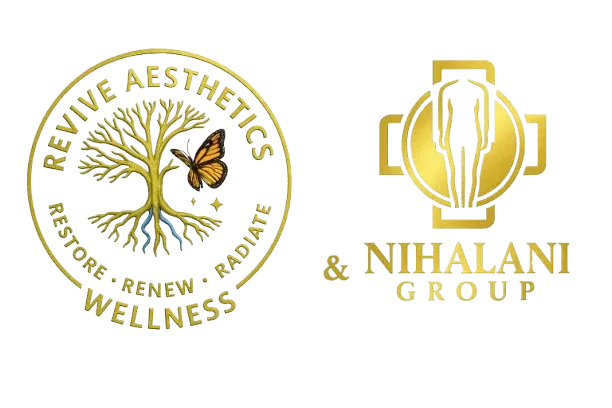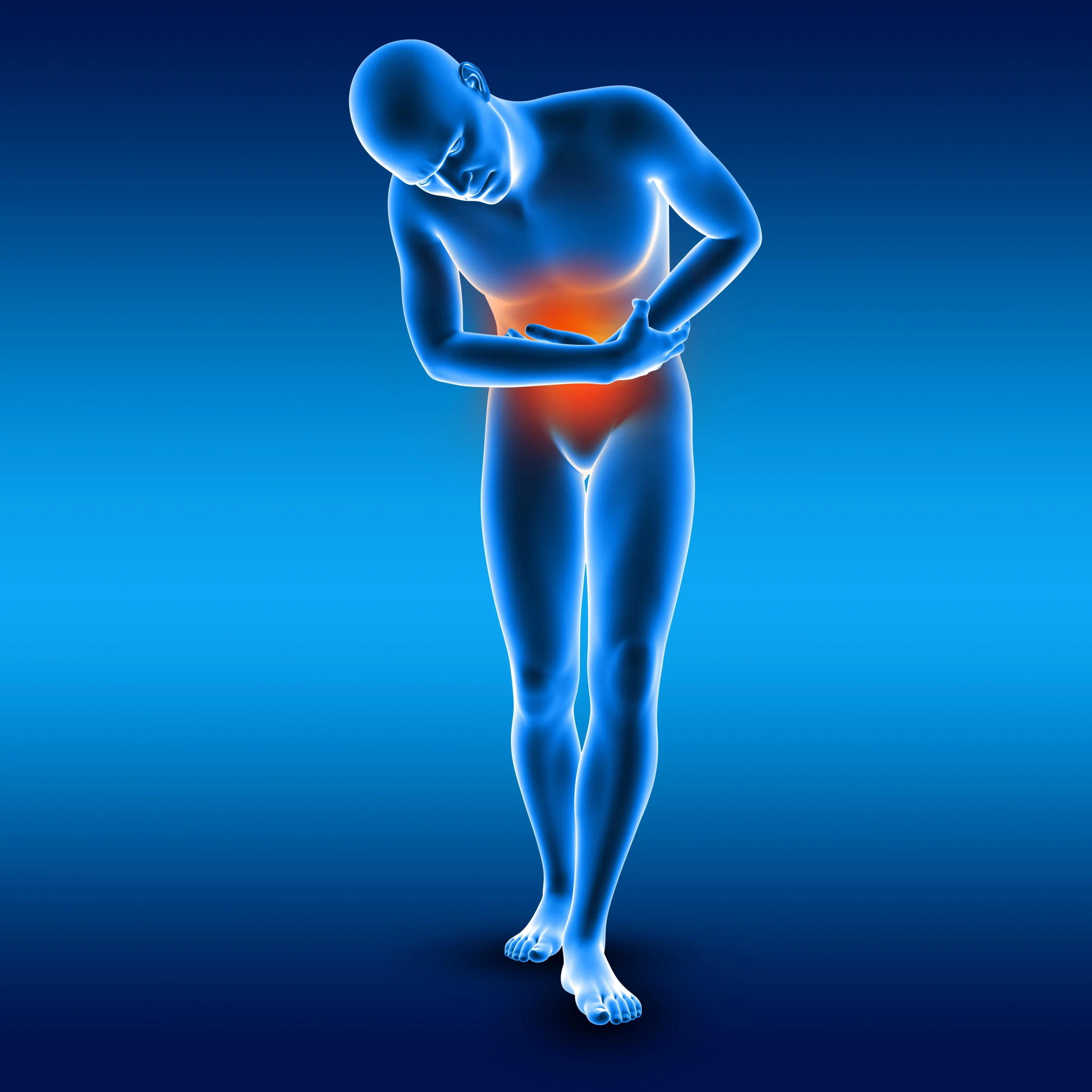Gall-bladder-cholecystectomy
What Are Gallstones?
The gallbladder stores bile, a liver-made fluid that helps digest fats. Gallstones form when substances in bile crystallize. They may cause no symptoms, but sometimes irritate the gallbladder wall. If stones move into bile ducts and block them, they can cause pain, nausea, or infection.
Common Symptoms
Gallbladder problems can cause painful attacks, often after a meal. Some people have only one attack. Others have many. Common symptoms include:
- Severe pain or aching in the upper abdomen, back, or right shoulder blade
- A dull ache beneath the ribs or breastbone
- Nausea, upset stomach, or vomiting
- Jaundice (a buildup of bile chemicals in the blood), which causes yellowing of the skin and eyes, dark urine, and itching
Treating Gallstones
Doctors may recommend dietary changes, such as reducing fat, to lower the risk of gallbladder inflammation (cholecystitis) or bile duct blockage. If the gallbladder becomes inflamed, treatment can include fasting, IV fluids, antibiotics, and pain relief.
If gallstones continue to cause pain or complications, surgery is usually advised. While gallstones alone can sometimes be removed, the most common treatment is removal of the entire gallbladder (cholecystectomy).
Laparoscopic cholecystectomy is now the preferred method. Using small incisions, a camera, and surgical instruments, the gallbladder is removed with less pain, quicker healing, smaller scars, and fewer complications compared to open surgery. Most patients return home the same or next day and can resume normal activities in about a week. After surgery, the liver continues to produce bile for digestion.
Our Locations
Choose your preferred location
Contact with us!
Have any questions or concerns? Please fill out the short form below to get in touch with us.



